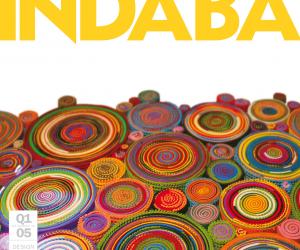First Published in

If one first hears the word "mace", you could be forgiven for thinking it’s the potent spray used to fend off attackers. But the mace is also a long time member of Parliament.
Inherited from the British, the mace was originally a weapon for close combat carried by the armed officer of a feudal lord to protect him. Today the mace symbolises the authority of the Speaker of the National Assembly and its presence in the chamber indicates an official sitting in Parliament.
The first mace in South Africa was a gold-plated replica of Westminster’s mace, ordered by the Cape House from Britain in 1854. The second mace, made after South Africa became a republic, was carved out of stinkwood. Now with the new government into its 10th year of democracy, a new mace was unveiled in Parliament recently, incorporating symbols of a democratic South Africa.
The mace - designed by Neeran Naidoo while working in the former Speaker of Parliament’s office - is 1.1m long, weighs 9.8kg and has been crafted from South African minerals, stones and wood. It is composed of an 18 carat gold drum, the South African flag and coat of arms, and the preamble to the Constitution in all the 11 official languages. It is designed in the shape of a knobkerrie and constructed from springbok skin that is fastened to the drum made from yellow gold, platinum, indigenous woods and diamonds.
Figures of typical South Africans such as miners and musicians are also etched onto it, and the flag is represented in glass, platinum and gold beads.
The new mace will now stand upright in the National Assembly - instead of lying horizontally in the Westminster tradition - in the manner of African symbols of authority such as the knobkerrie.






